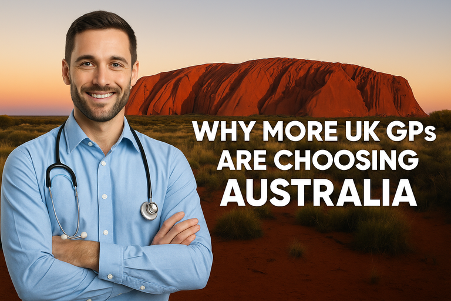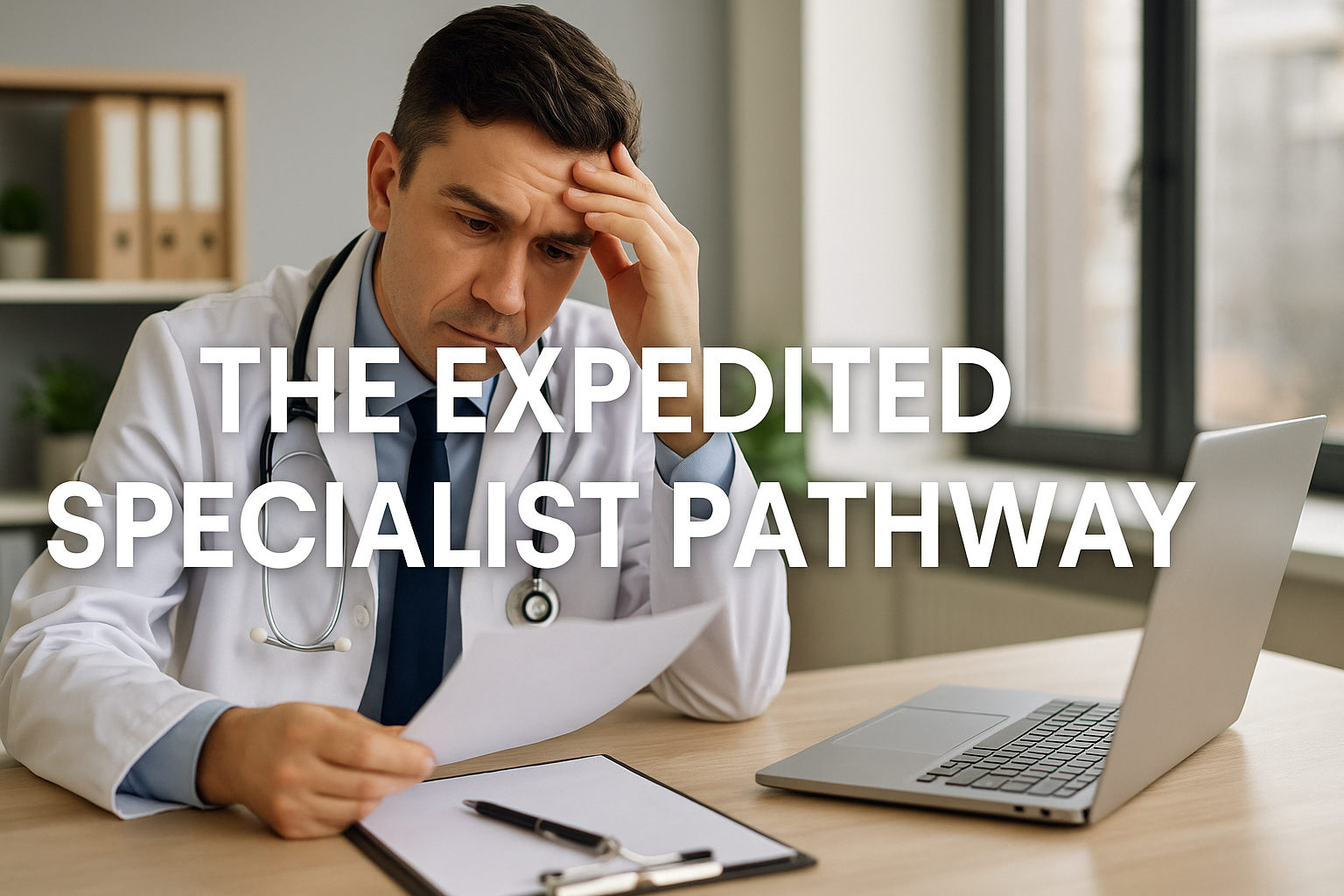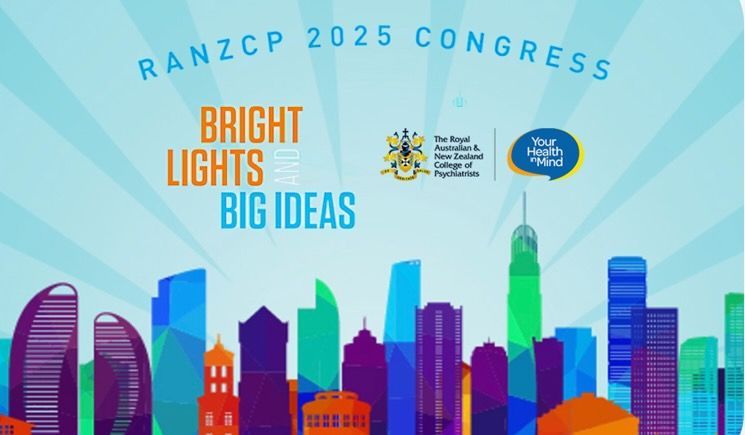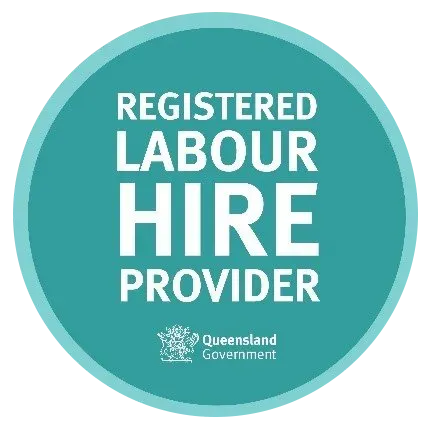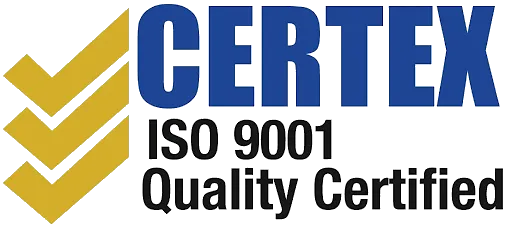Cost of Living as a Specialist Doctor: Comparing NZ to America and England

Cost of Living as a Specialist Doctor
Are you a doctor who is moving to New Zealand? If yes, you need to do your financial research. You need to compare the cost of living + salaries.
We’ll help you with it. Below is a brief comparison of the cost of living in US, UK and NZ. Read through it carefully to get an idea of your new lifestyle needs!
What do Specialists / Physicians earn in New Zealand?
Specialist Doctors in New Zealand, working in a public hospital, can make from NZ$180,000 to NZ$300,000 per annum depending on the Specialty.
And this can be higher if the role is attached to private practice.
What about the Cost of Living?
Specialist doctors / physicians have higher average salaries than most jobs. So your living standards should be excellent, regardless of location.
Cost of Living – New Zealand vs. United Kingdom
Let’s compare each country’s most expensive cities. Those would be Auckland and London.
Housing (3 Bedroom)
Housing (3 Bedroom)
Renting 3 bedroom accommodation is more expensive in London. It’s anywhere from 58-86% extra.
The same applies to buying an apartment. London apartments are 83-150% more per sq. meter.
Since most of a person’s budget goes to accommodation, you save more money in NZ.
Consumer Prices
Beyond London’s absurd rent prices, almost all prices balance out.
Overall consumer prices in London are only 3% higher than Auckland’s.
Cost of Living – New Zealand vs. USA
Here, each country’s most expensive cities are Auckland and San Francisco.
Housing (3 Bedroom)
Again, US rent is expensive. You pay anywhere from 155-164% more in San Francisco.
The same applies to owning accommodation. You pay 70-80% more per square foot in San Francisco.
However, those prices to specialist doctors / physician salaries seem fair.
Specialists / Physicians make around 70% more in the US than in NZ.
Also, buying accommodation in Auckland shouldn’t be an issue in both cities.
Consumer Prices
Overall consumer prices in San Francisco are 17% more than Auckland’s.
This isn’t a big difference, unless you opt for a lavish lifestyle.
New Zealand Lifestyle
It’s no secret that New Zealand is best known for its balanced lifestyle.
For the record, New Zealand was rated sixth in the world for work-life balance in HSBC’s 2017 Expat Explorer survey.
What does this mean? It means, people enjoy a better quality of life in New Zealand.
What to Make of this Information
Many “relocating” specialists doctors / physicians have spouses and children.
So, when calculating cost of living, take into consideration your not just looking at a single person.
The Takeaway
As a specialist / physician, should you move to New Zealand?
The answer is, it depends.
If your from the US, you will inevitably take a pay cut in New Zealand. However, it could just be the lifestyle change you have been looking for.
If in the UK, by all comparisons (including cost of living), the move to New Zealand should be considered.
Do you have any questions left? Just get in touch!
